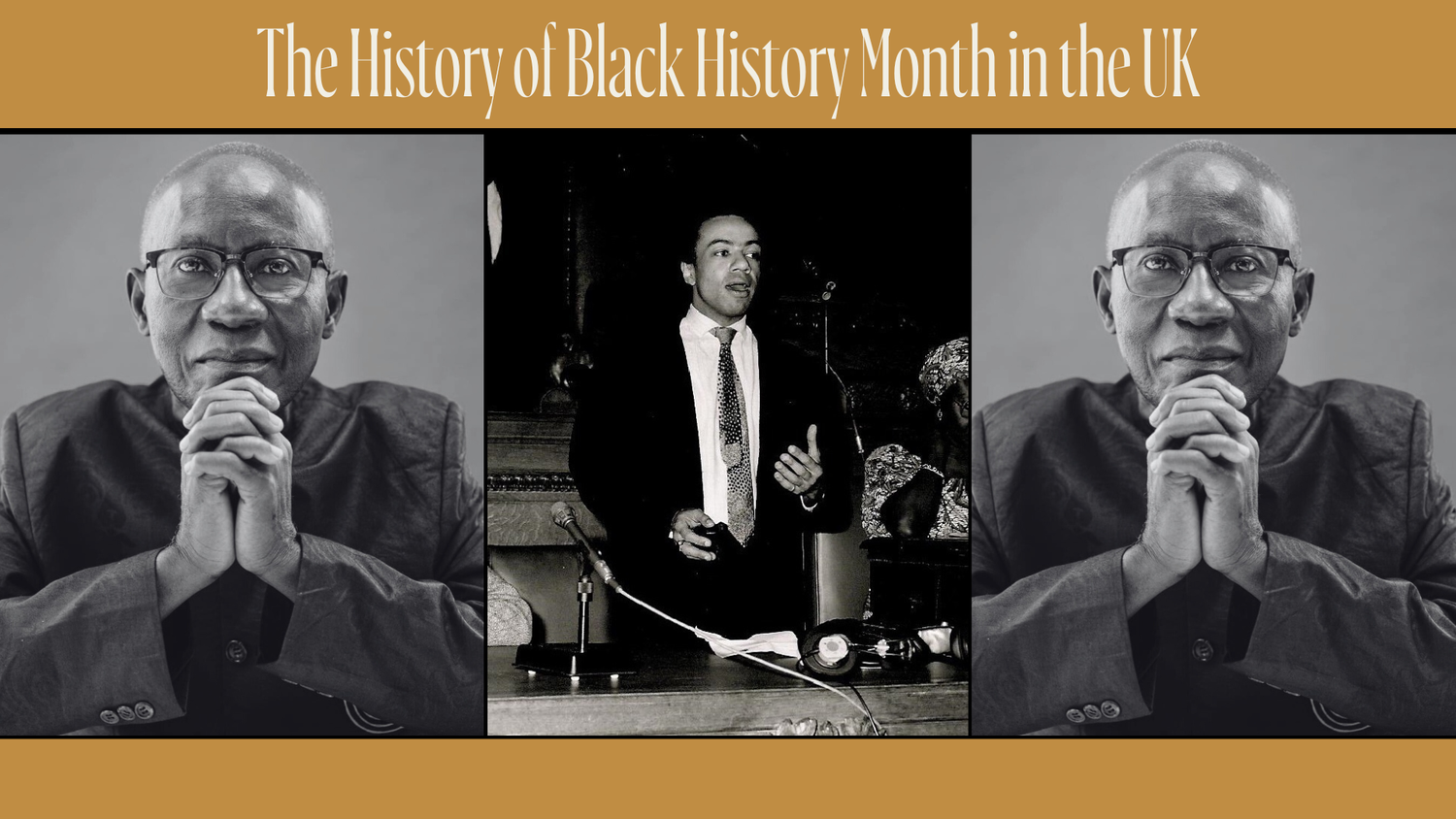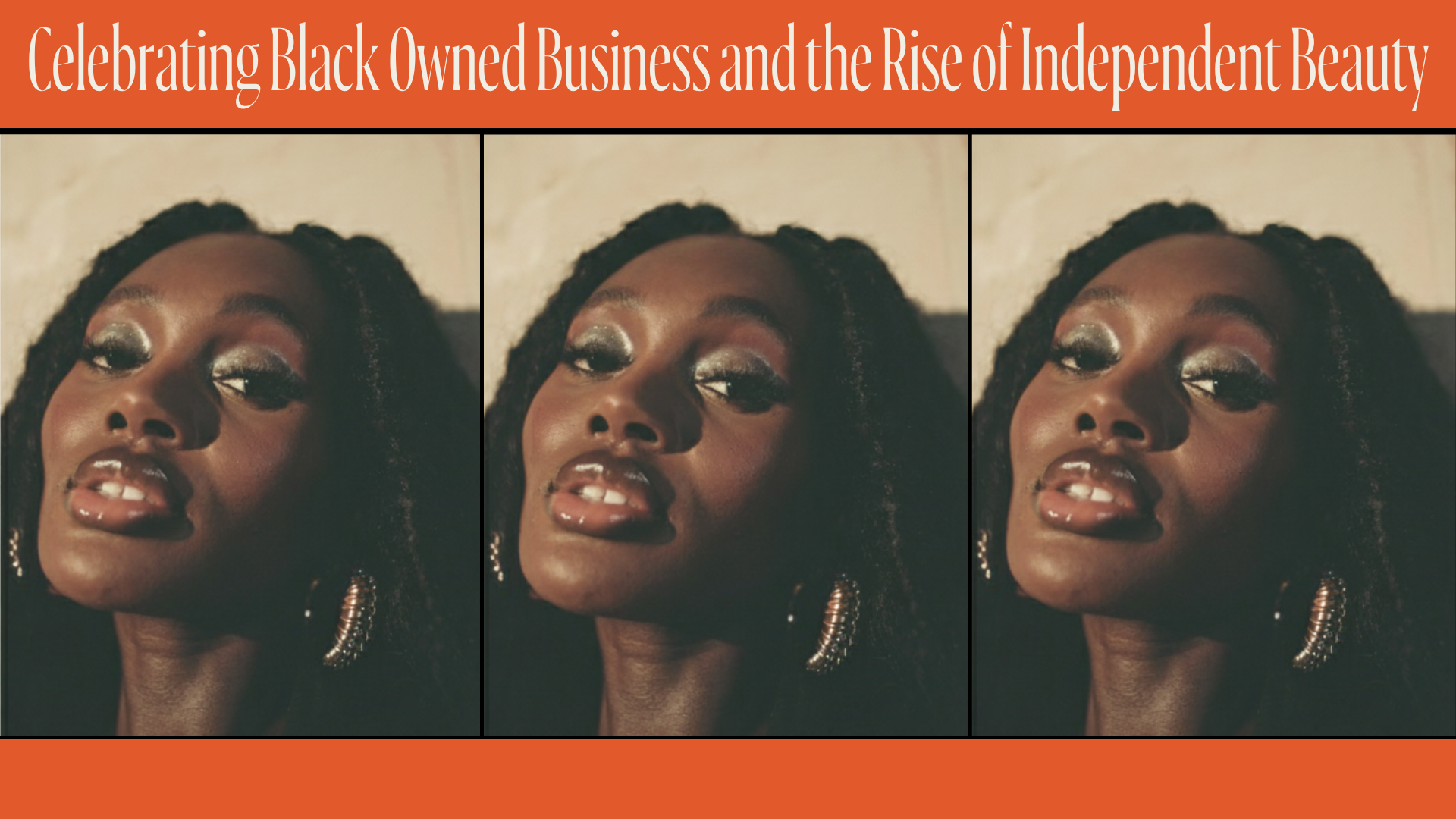Every October, the UK comes alive with exhibitions, performances, lectures and community events celebrating Black History Month (BHM) a time to honour the contributions, culture, and achievements of Black Britons throughout history. Yet few people know the story of how this important month began and how it has evolved from a grassroots movement into a nationwide celebration that continues to inspire reflection, education and activism.

The Roots: Black History Month in the United States
To understand the British story, it helps to start in the United States. Black History Month began there as “Negro History Week” in 1926, created by African American historian Carter G. Woodson and the Association for the Study of Negro Life and History. Woodson chose the second week of February to coincide with the birthdays of Abraham Lincoln and Frederick Douglass, both key figures in the struggle for Black freedom.
By the 1970s, amid the Civil Rights and Black Power movements, the week had expanded into a full month of celebration, officially recognised by President Gerald Ford in 1976. As African and Caribbean communities around the world took inspiration from the growing recognition of Black history in the US, the idea of dedicating time to honour and study Black heritage began to spread internationally.

Bringing Black History Month to Britain
The UK’s version of Black History Month was officially launched in October 1987, more than a decade after its US counterpart gained national recognition. The driving force behind the initiative was Akkyaaba Addai-Sebo, a Ghanaian-born activist, journalist, and cultural coordinator who was working at the Greater London Council (GLC) at the time.
Addai-Sebo had been deeply influenced by the struggles of African and Caribbean communities in Britain during the 1970s and 1980s, decades marked by rising racial tensions, unemployment and discriminatory policing. The Brixton Uprisings (1981) and similar events in Toxteth, Handsworth, and St Paul’s reflected widespread frustration with systemic racism. Amid these challenges, Addai-Sebo and others saw the urgent need for a celebration that could build pride, visibility and unity within Black British communities.
While working for the GLC’s Ethnic Minorities Unit, Addai-Sebo proposed the idea of a “Black History Month” to celebrate the contributions of African, Caribbean and Asian people to British society. He found support from influential figures such as Linda Bellos, then leader of Lambeth Council, and other activists, educators, and cultural organisers. The first official UK Black History Month was launched at the Commonwealth Institute in London in October 1987, a date chosen to align with the start of the academic year and the harvest season in Africa.
The Aims and Early Years
From the beginning, Black History Month in the UK was about much more than celebrating well-known heroes. It was intended as a corrective to the erasure of Black people from British history, a way to teach both children and adults about the long presence of African and Caribbean people in Britain, from Roman times through the transatlantic slave trade to the Windrush Generation and beyond.

Schools, museums, and community centres hosted exhibitions, talks, and performances that highlighted the achievements of figures such as Olaudah Equiano, Mary Seacole, and Ignatius Sancho, people who had lived and worked in Britain but had been largely excluded from mainstream narratives. Local councils across London soon joined in and by the early 1990s, the movement had spread across the UK.
Growth and Mainstream Recognition
By the late 1990s and 2000s, Black History Month had become a fixture in the British cultural calendar. Universities, local authorities and national institutions like the British Library and the BBC began hosting events, producing educational materials and creating programming that celebrated Black British culture, history and art.
The internet age brought even wider participation. Social media campaigns, podcasts and virtual exhibitions allowed Black History Month to reach younger audiences and amplify new voices. The focus began to expand from purely historical reflection to include contemporary discussions of identity, politics and representation, exploring how history shapes the present-day experiences of Black Britons.

A Spotlight: Boho Locs
Black History Month isn’t only about reflecting on the past, it’s also about celebrating how Black people continue to shape Britain’s future through creativity, innovation and entrepreneurship. One standout example is us here at Boho Locs, a Black-owned hair brand founded by Lulu Pierre in 2016.
The idea for Boho Locs came after Lulu experienced severe hair damage from a Brazilian blowout. Frustrated by the lack of natural-looking, high-quality options for faux locs, she decided to design her own, lightweight, textured and beautifully imperfect. Growing up around locs, she understood their cultural power: a symbol of identity, pride, and heritage. What began as a personal experiment became a thriving international brand.

Boho Locs has since grown into a major player in the global hair market, offering handcrafted crochet locs designed by and for Black women. Our brand’s authenticity, from its aesthetic choices to its messaging, has resonated deeply with Black women globally. It empowers women to embrace their natural beauty and express themselves freely, without compromising on style or quality.
In an industry often dominated by non-Black ownership, Boho Locs stands out as a brand that centres Black women’s needs, creativity and experiences. Her story reflects the broader legacy of Black British entrepreneurship, one built on resilience, innovation, and community connection.
Critiques and Evolving Conversations
Despite its success, Black History Month has not been without criticism. Some have argued that dedicating a single month to Black history risks tokenism, allowing institutions to “tick a box” rather than engage with anti-racist work year-round. Others note that too much emphasis is placed on American civil rights figures rather than on Britain’s own Black history and local heroes.
In recent years, however, there has been a noticeable shift. The focus of BHM in the UK has become increasingly intersectional and inclusive, highlighting not only African and Caribbean heritage but also the histories of Black people from across the Commonwealth and the African diaspora. Themes such as Black women’s history, queer Black identities and Afro-futurism have become central to many celebrations.

Moreover, movements like Black Lives Matter UK have reignited interest in understanding Britain’s colonial past, the legacies of slavery and ongoing racial inequality. Black History Month has become a platform for critical conversations about education reform, policing, health disparities, and media representation.
Today and the Future
Now, more than three decades after its launch, Black History Month in the UK continues to evolve. Each year, new themes and collaborations emerge, from highlighting “Saluting Our Sisters” in 2023 to exploring “Reclaiming Narratives” and “Celebrating Black British Culture” in more recent years.
Schools, workplaces, and cultural institutions increasingly use the month not just to celebrate but to educate and commit to change, integrating Black history into curricula, funding Black-led initiatives, and spotlighting contemporary Black artists, writers and leaders.
Black History Month in the UK began as a grassroots movement to reclaim visibility and pride for Black communities in a society that too often overlooked their contributions. Today, it stands as a reminder that British history is and always has been richly multicultural.
As it continues to grow and adapt, Black History Month challenges all of us to look beyond the familiar stories, to learn from the past and to help build a future where the celebration of Black history is not confined to one month but woven into the nation’s collective consciousness every day of the year.


















